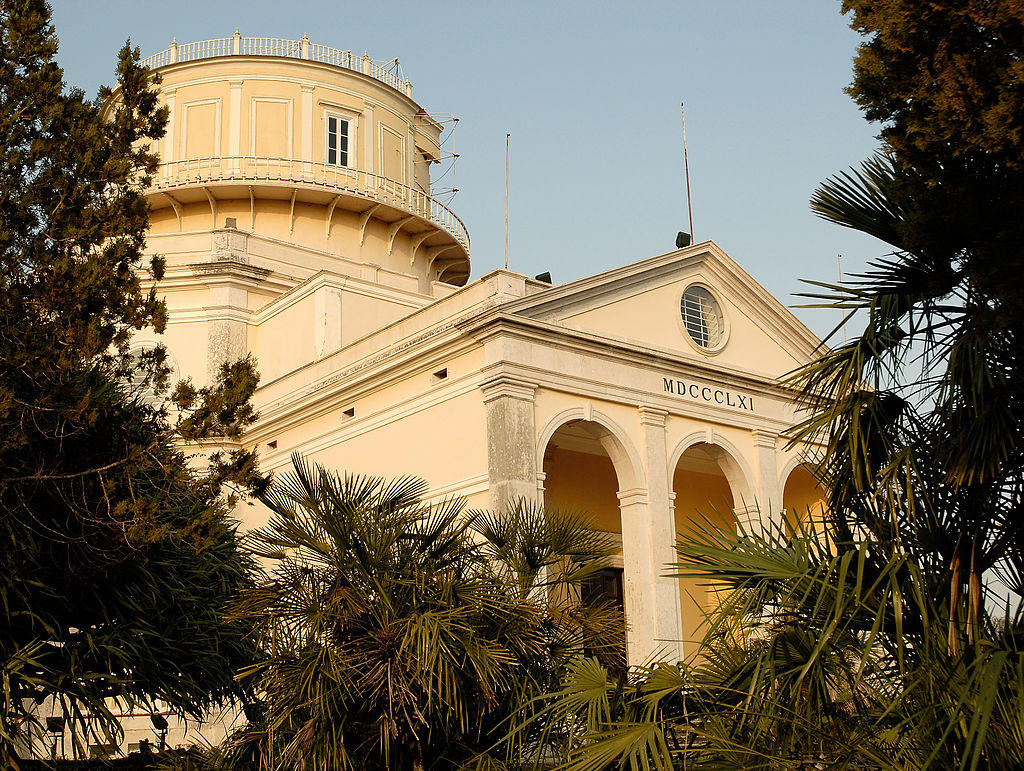In 1850, Hervé Faye and Friedrich Georg Wilhelm von Struve proposed Lisbon as the ideal location for astronomical observations due to its unique position for the zenithal telescope to encounter the marvelous Argelander star. To realize this vision, a new observatory needed to be constructed with the appropriate equipment. The government commissioned a committee led by José Feliciano da Silva Costa and driven by Filipe Folque to oversee the project.
After securing funds from King D. Pedro V in January 1857, the construction of the observatory commenced under the guidance of architects Jean François Gille Colson, José da Costa Sequeira, and Valentim José Correia. Inspired by the Russian Observatory in Pulkova, the design of the building took shape. Wilhelm Struve, the director of Pulkova Observatory, played a vital role in advising the Portuguese government on equipment selection and the training of astronomer Frederico Augusto Oom, who would later become the first director of the Lisbon Astronomical Observatory.
The construction of the observatory began on March 11, 1861, during the reign of King Luis I. Despite initial plans to establish it in the Alto da Casa Branca, the observatory was ultimately situated in the Alto da Eira Velha. The building was completed in 1867, and observations began shortly after. On May 6, 1878, the Lisbon Astronomical Observatory was officially established by decree.
Throughout its history, the observatory has contributed significantly to astronomical research. In the early 20th century, it participated in the solar parallax campaign, focusing on observations of the asteroid Eros to improve the measurement of the Astronomical Unit. The observatory also played a crucial role in producing a high-quality catalog of reference stars, with its director, César Augusto de Campos Rodrigues, receiving the Valz Prize from the French Academy of Sciences in Paris in 1904 for this work.
Lisbon.vip Recommends
In recent years, the observatory has been involved in research projects aimed at establishing criteria for its musealization. These initiatives have sought to showcase the historical and scientific significance of the Lisbon Astronomical Observatory and promote public engagement with astronomy.
Today, the Lisbon Astronomical Observatory stands as a testament to Portugal's commitment to scientific exploration and cultural heritage. It continues to make significant contributions to the field of astronomy while preserving its rich history. The observatory's ongoing efforts to educate and inspire the public ensure that its legacy as a center of astronomical excellence endures.
Visiting the Lisbon Astronomical Observatory provides a unique opportunity to delve into the wonders of the cosmos, explore the advancements of astronomical research, and appreciate the dedication of scientists who have contributed to our understanding of the universe. It is a journey that combines the past, present, and future of astronomy, inviting visitors to marvel at the celestial wonders that have captivated humanity for centuries.



